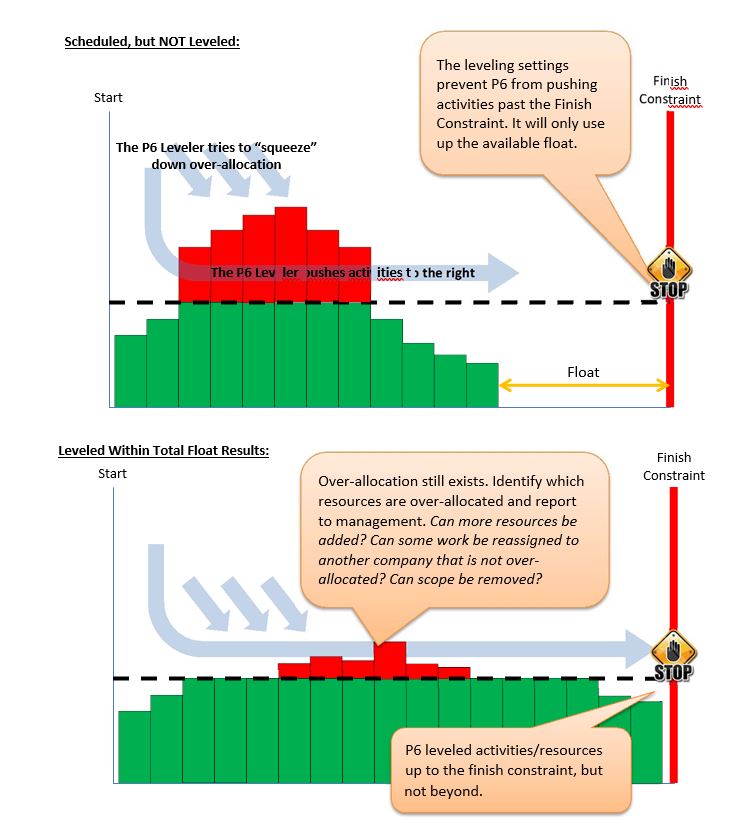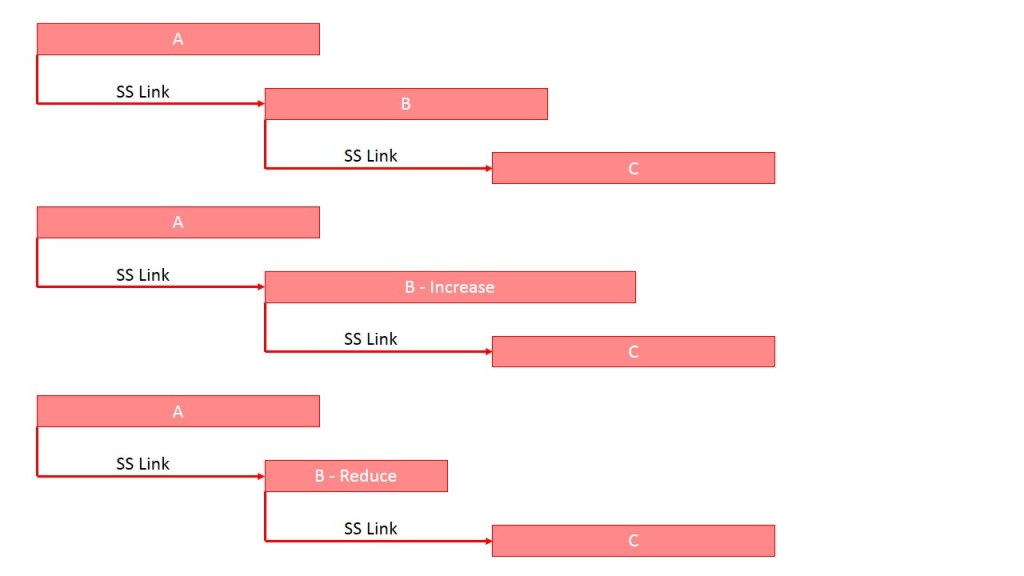
In a number of the papers that we’ve produced looking at the history of project controls, we have asserted the concept of a time scaled bar chart was the invention of Joseph Priestley in 1756. The information in this post tends to confirm this view.
The core element of a bar chart is a line of scaled length, where the length equates to its duration in relation to a date scale – the length of the bar represents it duration and the date scale places the bar in time. Priestley, uses this concept first in his Chart of Biography (1756) and then in his A New Chart of History (1769). Later, William Playfair incorporated and enhanced Priestley’s ideas in his ‘Commercial and Political Atlas’ of 1786.
The Chart of Biography (above) seems to be an original concept developed by Priestley to augment his teaching of history. It accurately registers the lives and deaths of two thousand famous men on a scale of three thousand years in “universal time”. The original chart is approximately 1 meter long and seems to be designed for review and reflection by students after a lecture. However, the concept of a ‘chart of history’ predates the work of Priestley.
One early example is the work of Francis Tallents, an English Minister and teacher from 1685:

Another is the work of Cartographer Thomas Jeffreys, from 1753:

Priestly also mentions an earlier French Chart, in the handbook that accompanied the New Chart of History, but without specific attribution – a digitized version of the 1777 version of handbook to accompany A New Chart of History can be downloaded from: https://mosaicprojects.com.au/PMKI-ZSY-020.php#Barchart Apart from improved accuracy the major differences between A New Chart of History (below) and the earlier charts above are the orientation, and consistency of the date scale between Priestley’s two charts, and improved use of notations and colours:

For more on these charts from a design perspective see A Design Journal – Research, Sketches & Projects of Patrick J. O’Donnel at: https://pjodonnel.wordpress.com/2015/11/02/design-history-joseph-priestley/
From a project controls perspective, Priestley’s comment on his Chart of Biography that “…a longer or a shorter space of time may be most commodiously and advantageously represented by a longer or a shorter line” and the use of ‘swim lanes’ to categorize information appears to neatly sum up the core essence of modern bar charts.
For more on the history of bar charts and scheduling see: https://mosaicprojects.com.au/PMKI-ZSY-020.php#Barchart















